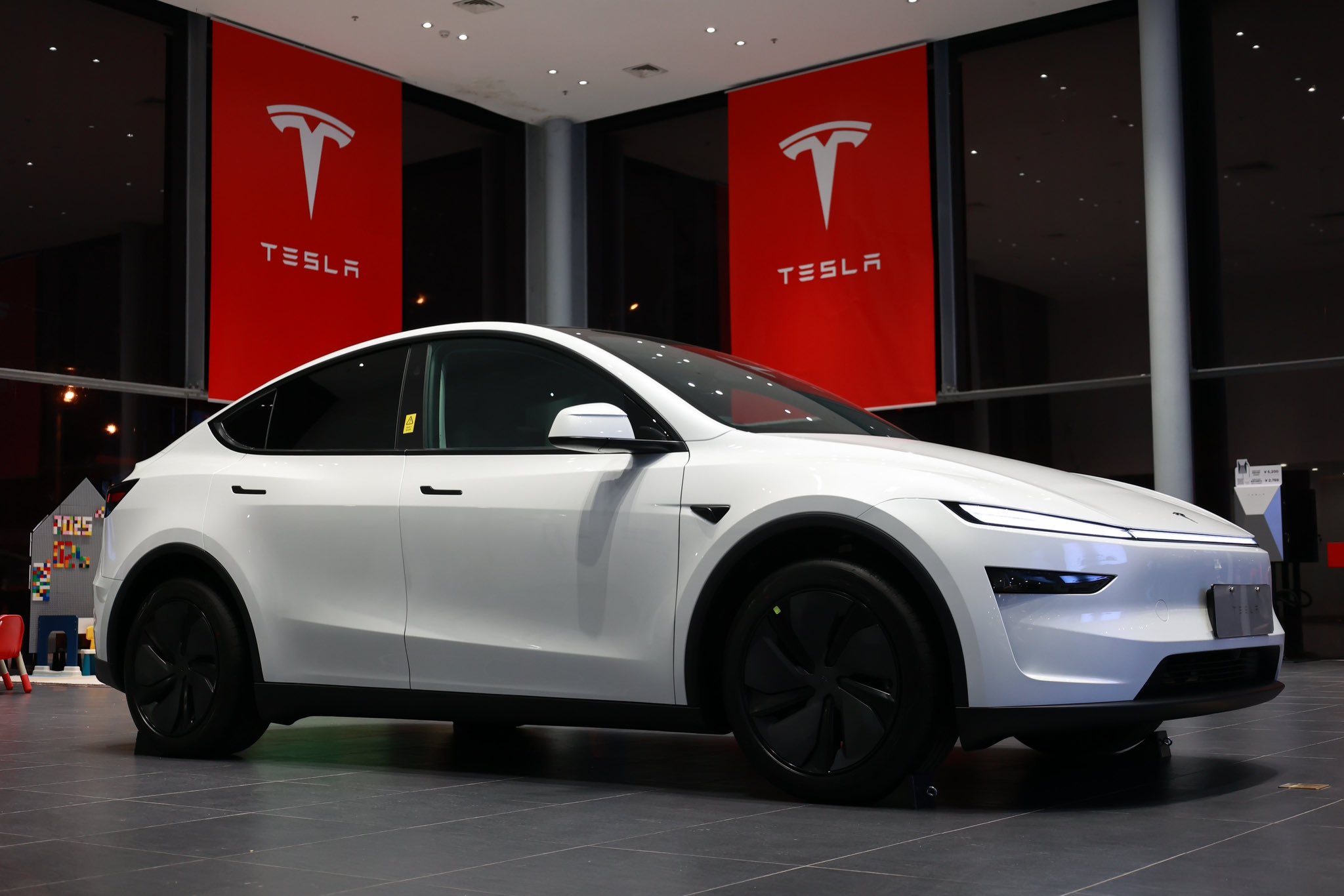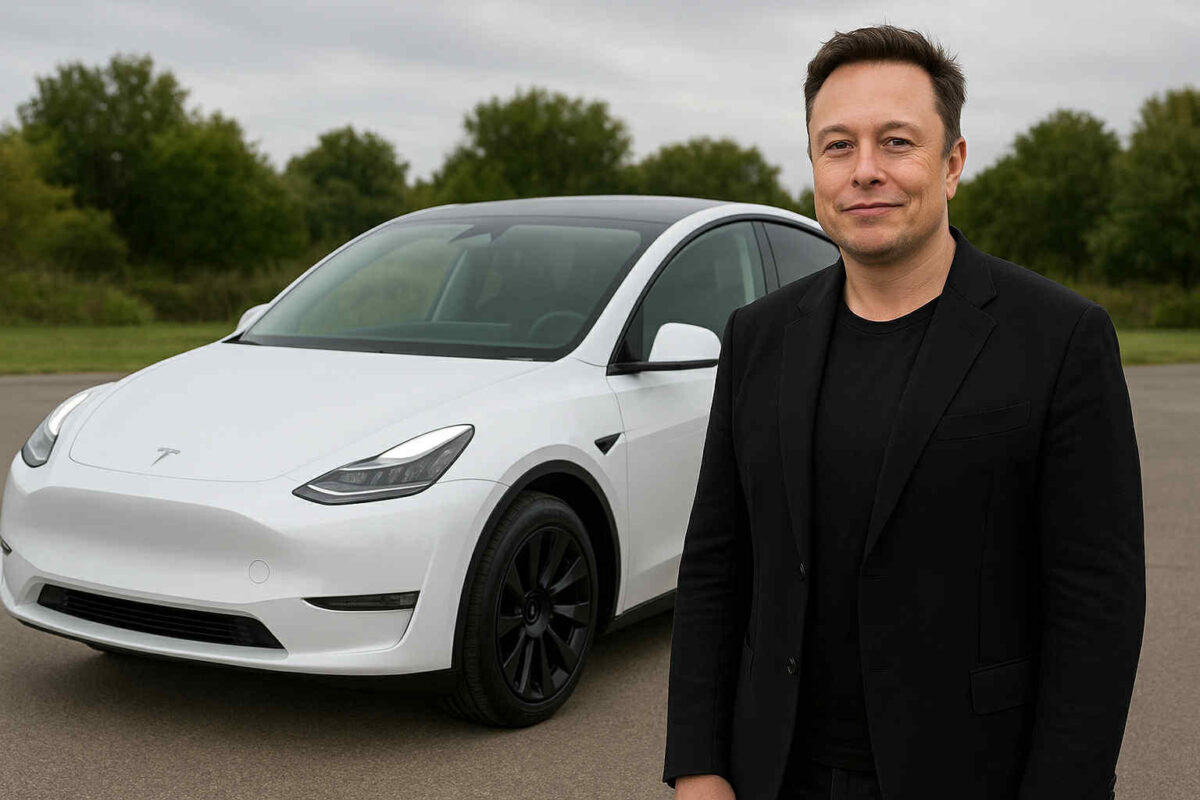In August 2025, Tesla announced the launch of a new six-seat version of its best-selling electric SUV, the Model Y. Dubbed the Model Y L, the vehicle debuted in China at a starting price of around $47,180, targeting one of the most competitive and rapidly growing EV markets in the world. While the new model has already drawn considerable attention from Chinese consumers, Elon Musk surprised many by admitting that the Model Y L “might not ever” be sold in the United States. This statement has sparked speculation about Tesla’s evolving priorities, global strategy, and the future of its lineup
The Model Y L represents Tesla’s effort to adapt its product offerings to regional demand. In China, larger families and ride-hailing operators often look for spacious vehicles that balance affordability with practicality. By offering six seats, Tesla is addressing a market segment that local competitors such as BYD and NIO have already targeted. The move also aligns with Musk’s strategy of maintaining Tesla’s competitiveness in China, which remains the largest EV market globally and a critical battlefield for international automakers.
However, Musk’s comment about the U.S. market raised eyebrows. The United States has historically been Tesla’s home ground, with the Model Y being the top-selling EV domestically. Yet Musk emphasized that Tesla’s focus is shifting toward full self-driving technology and robotaxi services, suggesting that investing resources into adapting the Model Y L for the U.S. might not align with the company’s long-term vision. In Musk’s words, the priority is no longer just about expanding car models but about reinventing mobility itself.

This decision underscores a strategic dilemma. On the one hand, American consumers often favor larger vehicles, including SUVs and minivans, making the Model Y L seemingly a natural fit for families. On the other hand, Musk appears convinced that the future of the U.S. market lies in autonomous ride-sharing rather than traditional car ownership. If Tesla succeeds in rolling out robotaxi fleets, consumer demand for six-seat electric SUVs could become irrelevant.
For now, Tesla’s choice to keep the Model Y L exclusive to China highlights the growing divergence between its approaches in different regions. In China, competition is fierce, and product diversity is key to staying relevant. In the U.S., Tesla is betting on innovation in autonomy and artificial intelligence rather than incremental changes in vehicle design. This split strategy reflects Musk’s willingness to experiment with different business models depending on the market.
The launch also signals Tesla’s recognition of China as more than just another market—it is the testing ground for new concepts. If the Model Y L proves successful, Tesla could later reconsider bringing it to the U.S., albeit in a modified form aligned with its autonomous ambitions.
Ultimately, the Model Y L’s debut is more than just a new vehicle release. It is a window into Tesla’s shifting priorities under Musk’s leadership, where the balance between meeting present consumer needs and chasing futuristic visions is constantly being negotiated. Whether or not the Model Y L reaches American roads, it already marks a significant moment in Tesla’s global strategy: a sign that China may now be the center stage for the company’s most daring experiments.


